Posted by Selena Travel / 10 22, 2024
If you’re interested in wild life, exotic travels and animals then you might’ve heard about the Big 5 of Africa. However, have you ever heard of the Great Gobi 6? In order to keep the wildlife and ecosystem of the gobi system, the WWF has started an initiation called Great Gobi 6, a project determined to spread awareness of the importance of the animals living in the gobi desert and try to save them from being extinct.
In Mongolia, where the people still keep the nomadic lifestyle and keep the nature as original as possible, it’s no wonder that some of the last truly wild animals live only in Mongolia. Especially the Gobi desert, which is believed to be the home of the dinosaurs, is where most of these animals live.
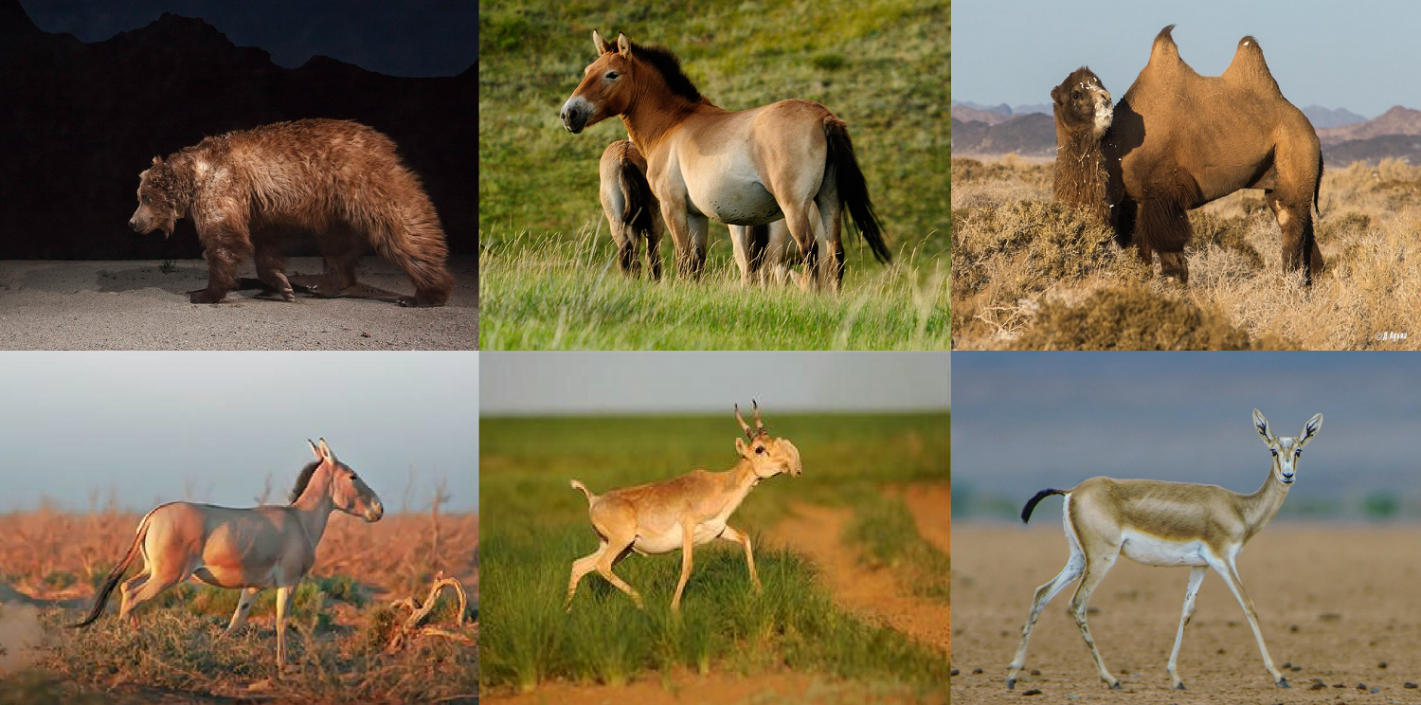
When I say wild animals, I mean the authentic wild ones- their ancestors used to live next to the real dinosaurs. That is one of the reasons why Mongolian Gobi is called the door to the fairytale- just about five hours of drive from the city, you would setting your foot in a place that have been the exactly same for about tens of thousands of years. Obviously, the revolutions have come and gone, but one thing is for sure- you wouldn’t be encountering one flashy advertising sign or skyscrapers that block your view. It may sound pretty scary in that way, but as long as you’re prepared enough- all that time and risk would be worth it.
There’s a slim chance you would be seeing it with your own eyes in the gobi, unless you visit the Khustai National camp- these horses are one of the last real wild horses left in the world- meaning that they are as fast as the wind they carry on their back. Nobody has tamed them nor has tried to; most of the Mongolians know that they’re nearby only by the marks they leave.
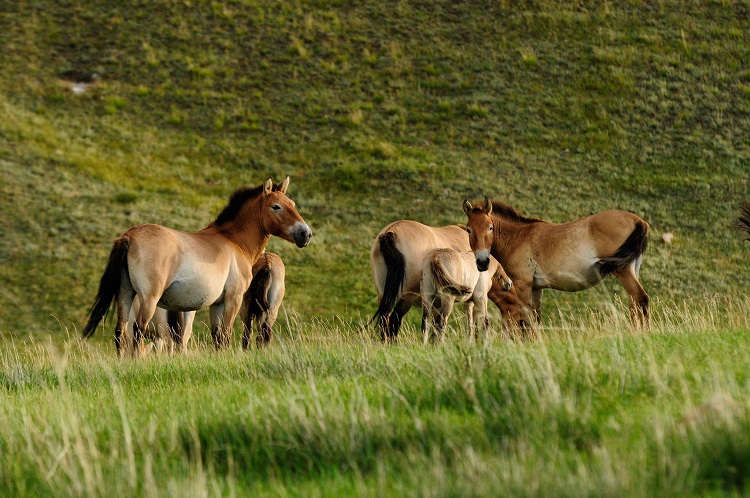
Przewalski’s horse (Equus Ferus Przewalskii) is smaller than the horses that are kept in the farms, and have beige color. Since they leave on their own in the gobi where the water is scarce and so does their forage, they are extremely adaptable.
Mongolia is popular for its camel with two humps which are located in some parts of the northern China and few in Mongolia. Other genre of the camel can be found in tropical dry areas including Arabia, but they differ from the Mongolian camels since they have only one hump. Khavtgai (Camelus Ferusor), a wild Bactrian camel is critically endangered species of camel.
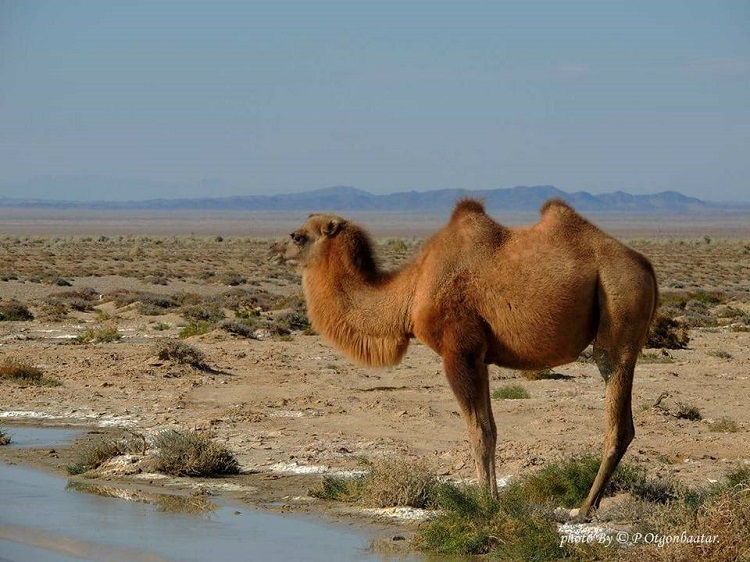
There are only about 1400 wild Bactrian camels left in the world, most of them living in the Northern China’s natural reserve and few in Mongolia. However, only in Mongolia you can see the camels in its true nature living in the total wilderness, with no control from the human. In a way, this lack of protection is one of the most influential causes of the endangerment of the camel, but also it is a great chance to see how these descendants of the one of the oldest species that used to live in the world living the exact way they used to do million years ago. During the period of delivering the springs, the wild Bactrian camels have no control over their milk, so the path can be easily found with the leftover milk that have been dried in the desert sun, causing a kind of curd. The wild Bactrian camel can survive on the water saltier than the seawater unlike any other mammals.
Mazaalai (Ursus Arctos Gobiensis) is one of the loved animals of the Mongolia and in desperate need of care since there are only 22 left in the gobi. An effort to increase the number of the livestock unnaturally during the socialist area when Mongolia was satellite site of the USSR has brought a large number of people to the gobi desert where people used to avoid due to its harsh weather and extreme living conditions such as severe lack of water. However, during the 20th century, the new inhabitants of the gobi with their guns and livestock that overgraze the what little survived of the food has severely affected the population of flora and fauna of the gobi desert.
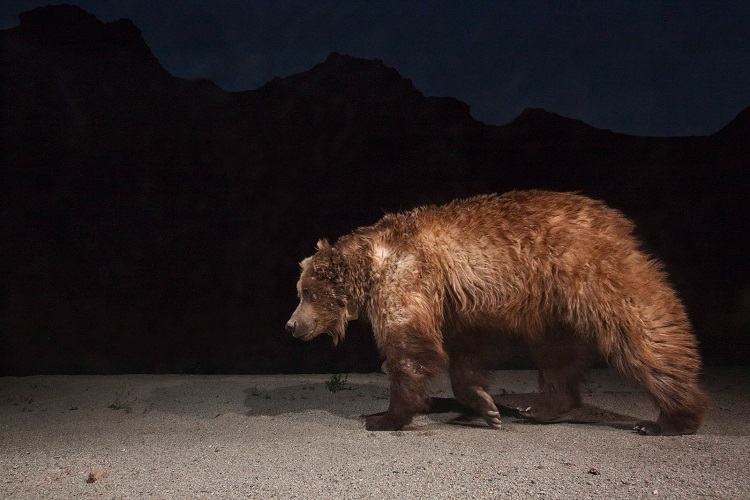
Mazaalai is one of the extreme consequences of this harmful era, now it’s registered as critically endangered species and world’s rarest bear. Despite the effort of the government, individuals and international organizations, unfortunately there is slim chance that gobi bear is going to survive with only 8 females left and only 5 of them being fertile.
Even though Khulan (Equus Hemionus) is really similar to the horse in its appearance, it’s included in the subspecies of the onager. Khulan is called Mongolian Wild ass since almost 90 percent of the population lives in the Mongolian gobi, and the others living in the northern China.
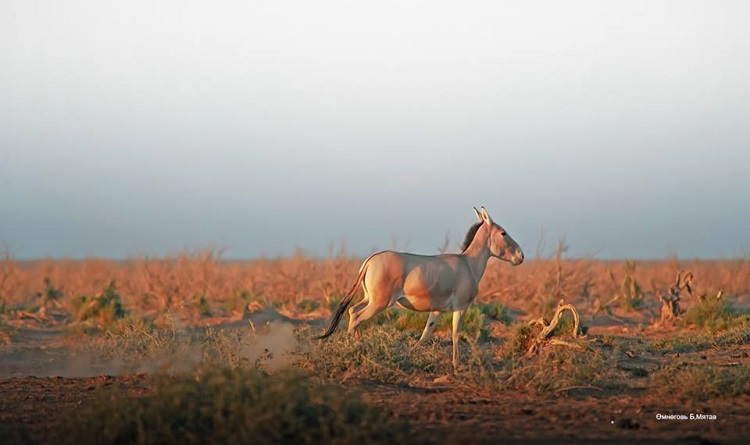
Khulan is extremely important in the preservation of the gobi ecosystem since they dug holes to find the water source which is then used by the other species including wild and domestic, even people too. However, due to the poaching, mining infrastructure influencing the nomadic lifestyle of the animals and competition of the grass with the domestic livestock, their number has been decreased by 50 percent only in the last 70 years.
The other two are saiga antelope (Saiga Tatarica Mongolica) and goitered gazelle (Gazella Subgutturosa) which are also counted a vulnerable and nearly extinct.Sadly, all of the animals mentioned above are categorized as extinct or nearly extinct.
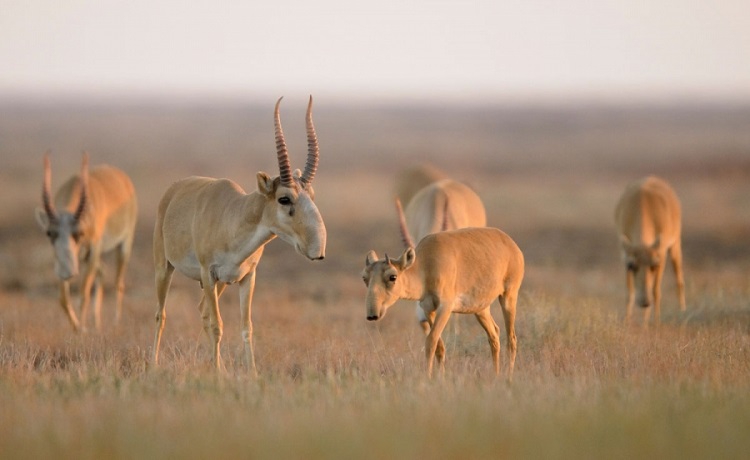
Since the world is not aware of the importance of these animals and the value of one of the few truly wild animals, the process of necessary actions to keep these animals in the planet is being carried in a dangerously delayed pace.
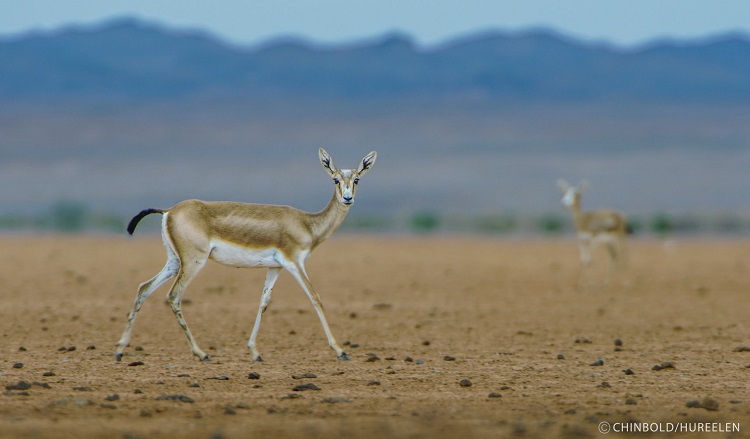
Photo credit: Chinbold/Hureelen
We need your help to share the word around about these animals and show that you care about preserving what is left of the authentic and rare wildlife.
Written by Sainbilig